Natural crystal
Definition and Formation
Natural crystal refers to crystals that are formed through natural geological processes over long periods of time. They are typically composed of various chemical compounds, with silica (SiO₂) being a common component in many types of crystals like quartz. These crystals form under specific conditions within the Earth’s crust. For example, in the case of quartz crystals, they usually crystallize from silica-rich solutions in rock cavities or fractures. The temperature, pressure, and chemical composition of the surrounding environment play crucial roles in determining the type, quality, and characteristics of the resulting crystals.
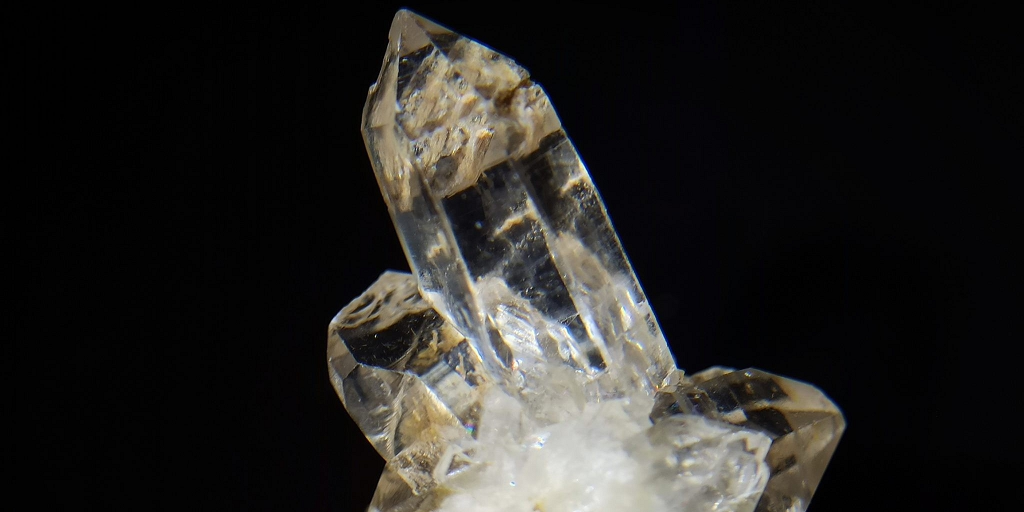
Types of Natural Crystals
- Quartz Crystals:
- Clear Quartz: Also known as rock crystal, it is colorless and transparent, with high clarity. It has a wide range of applications from jewelry making to being used in optical instruments due to its excellent optical properties and relatively high hardness (Mohs hardness of 7).
- Amethyst: Characterized by its purple to violet color, which is caused by the presence of iron and other trace elements in the crystal structure. It is one of the most popular gemstones and is often used in making high-end jewelry pieces like rings, necklaces, and earrings.
- Citrine: Usually ranges in color from pale yellow to golden brown. It is formed through the heat treatment of amethyst in some cases or can occur naturally. Citrine is believed to have certain symbolic meanings in some cultures and is also widely used in jewelry.
- Rose Quartz: Pink in color, which is attributed to trace amounts of titanium, iron, or manganese. It is renowned for its association with love and emotional healing in some spiritual beliefs and is commonly crafted into decorative items and jewelry.
- Other Gemstone Crystals:
- Sapphire: Primarily composed of aluminum oxide (Al₂O₃) with trace elements that give it a variety of colors such as blue, pink, yellow, etc. Blue sapphires are especially famous and highly prized for their intense color and durability (Mohs hardness of 9). They are often set in luxury jewelry like engagement rings.
- Ruby: A red variety of corundum (also mainly aluminum oxide), with its color coming from the presence of chromium. Rubies are symbols of passion and love in many cultures and are extremely valuable, especially those with a deep red hue and high clarity.
- Emerald: A green gemstone that belongs to the beryl family. Its vivid green color is due to the presence of chromium and vanadium. Emeralds are prized for their beauty but can be somewhat brittle compared to some other gemstones and require careful handling when used in jewelry.
Characteristics
- Physical Characteristics:
- Hardness: Different natural crystals have varying levels of hardness measured on the Mohs scale. For instance, as mentioned earlier, quartz has a hardness of 7, while sapphire and ruby have a hardness of 9, making them very resistant to scratching. Emerald has a hardness of around 7.5 – 8. The hardness affects their durability and suitability for different applications, such as jewelry that will endure daily wear.
- Color: They display a wide range of colors, which can be due to impurities or specific chemical compositions within the crystal structure. The color is a significant factor in determining their aesthetic value and market demand, whether they are used for decorative purposes or as gemstones.
- Transparency: Some natural crystals are highly transparent, like clear quartz, allowing light to pass through with minimal distortion. Others may have varying degrees of translucency or even be opaque, depending on their internal structure and the presence of inclusions.
- Crystal Structure: They possess distinct crystal structures that can be observed under a microscope or in larger specimens. For example, quartz crystals often have a hexagonal prism shape with pointed ends, and these structural features can influence their optical properties and how they interact with light.
- Luster: Natural crystals exhibit different types of luster, such as vitreous (glassy), adamantine (diamond-like), or pearly. The luster contributes to their overall appearance and attractiveness. For example, diamonds have an adamantine luster that gives them their characteristic sparkle.
- Chemical Characteristics:
- Chemical Composition: As stated before, they are made up of different chemical compounds. Their chemical stability varies accordingly. For example, quartz is relatively stable in most common chemical environments and is resistant to many acids and alkalis. However, emeralds are more sensitive to acids and need to be protected from chemical exposure to maintain their quality.
- Inclusions: Natural crystals often contain inclusions, which are small solid, liquid, or gaseous substances trapped within the crystal during its formation. These inclusions can be used to identify the origin and authenticity of the crystal in some cases and also add to their uniqueness and collectible value. For example, inclusions in some sapphires can give them a unique appearance or indicate a particular mining location.
Applications
- Jewelry: Natural crystals, especially gemstone crystals like sapphires, rubies, and emeralds, are highly sought after for making luxurious jewelry pieces. They are used in rings, necklaces, bracelets, earrings, and other adornments, both for their beauty and as symbols of status, love, or other meanings in different cultures.
- Collectibles: High-quality and rare natural crystals with unique features, such as large size, exceptional color, or unusual inclusions, have significant collectible value. Collectors are willing to pay high prices for specimens that stand out in terms of their aesthetic or scientific interest.
- Healing and Spiritual Practices: In some alternative healing and spiritual belief systems, different natural crystals are thought to possess specific energies or properties. For example, amethyst is believed to have a calming effect and aid in meditation, while rose quartz is associated with promoting love and emotional well-being. People use these crystals in practices like meditation, energy healing, or placing them in living spaces to create a certain energy environment.
- Industrial Applications: Some natural crystals, like quartz, have important industrial uses. Quartz crystals are used in the production of electronic components due to their piezoelectric effect (ability to convert mechanical energy into electrical energy and vice versa). They are also used in optical instruments such as microscopes, telescopes, and cameras as lenses or prisms because of their excellent optical properties.
Preservation and Care
- Storage: Natural crystals should be stored in a clean, dry place, preferably in individual soft pouches or compartments to prevent them from scratching against each other. Avoid storing them in areas with high humidity or extreme temperature changes, as these can affect their physical and chemical properties over time.
- Cleaning: Use mild soap and warm water to clean them gently. Avoid using harsh chemicals that could damage the crystal, especially for those that are more chemically sensitive like emeralds. Soft brushes can be used to remove dust and debris from the surface or crevices of the crystal.
- Handling: When handling natural crystals, especially those that are fragile or valuable, it’s important to be careful and avoid dropping or bumping them. Use clean hands or wear soft gloves to prevent leaving fingerprints or oils on the crystal surface, which can dull their appearance.
In summary, natural crystals are not only beautiful and valuable but also have diverse applications and require proper care to maintain their quality and characteristics over time.
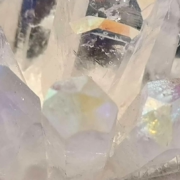
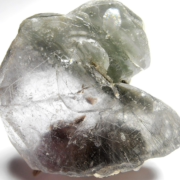
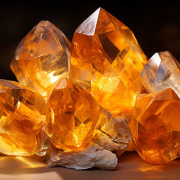
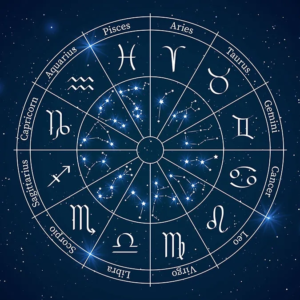
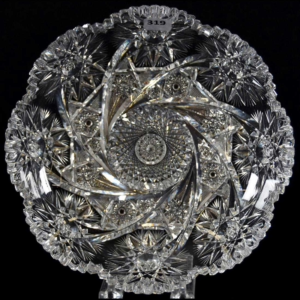
Leave a Reply
Want to join the discussion?Feel free to contribute!